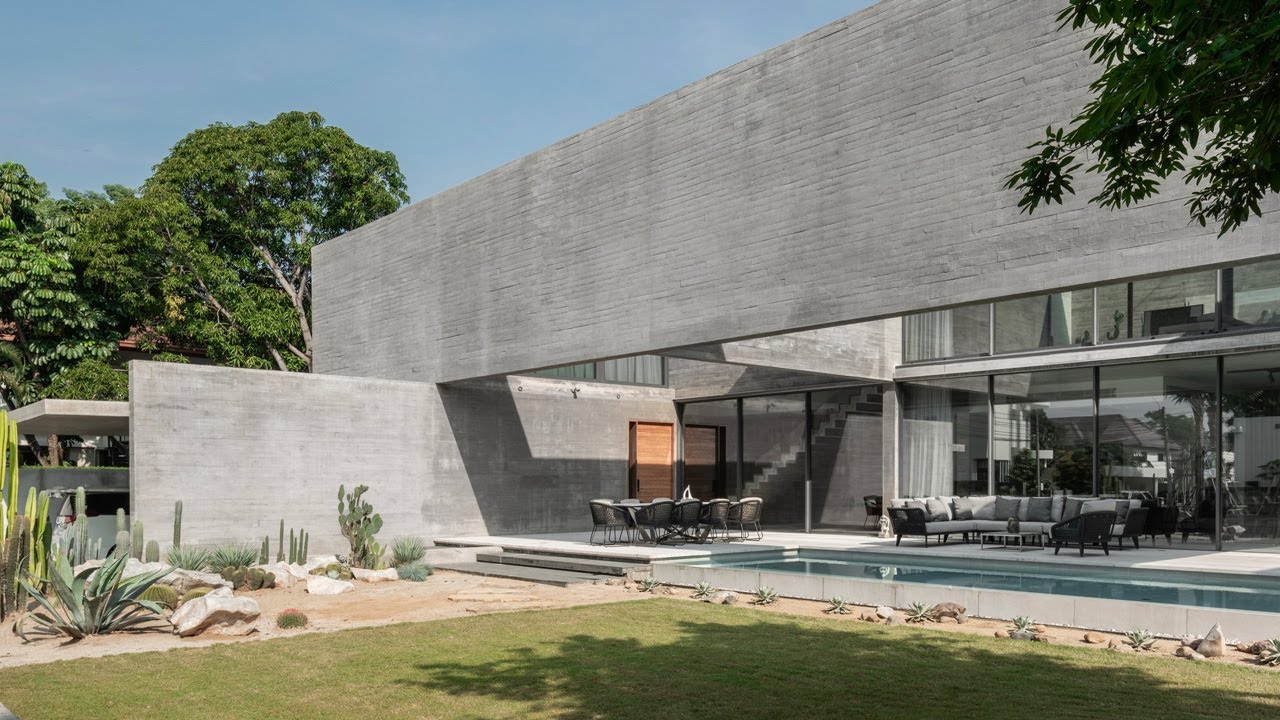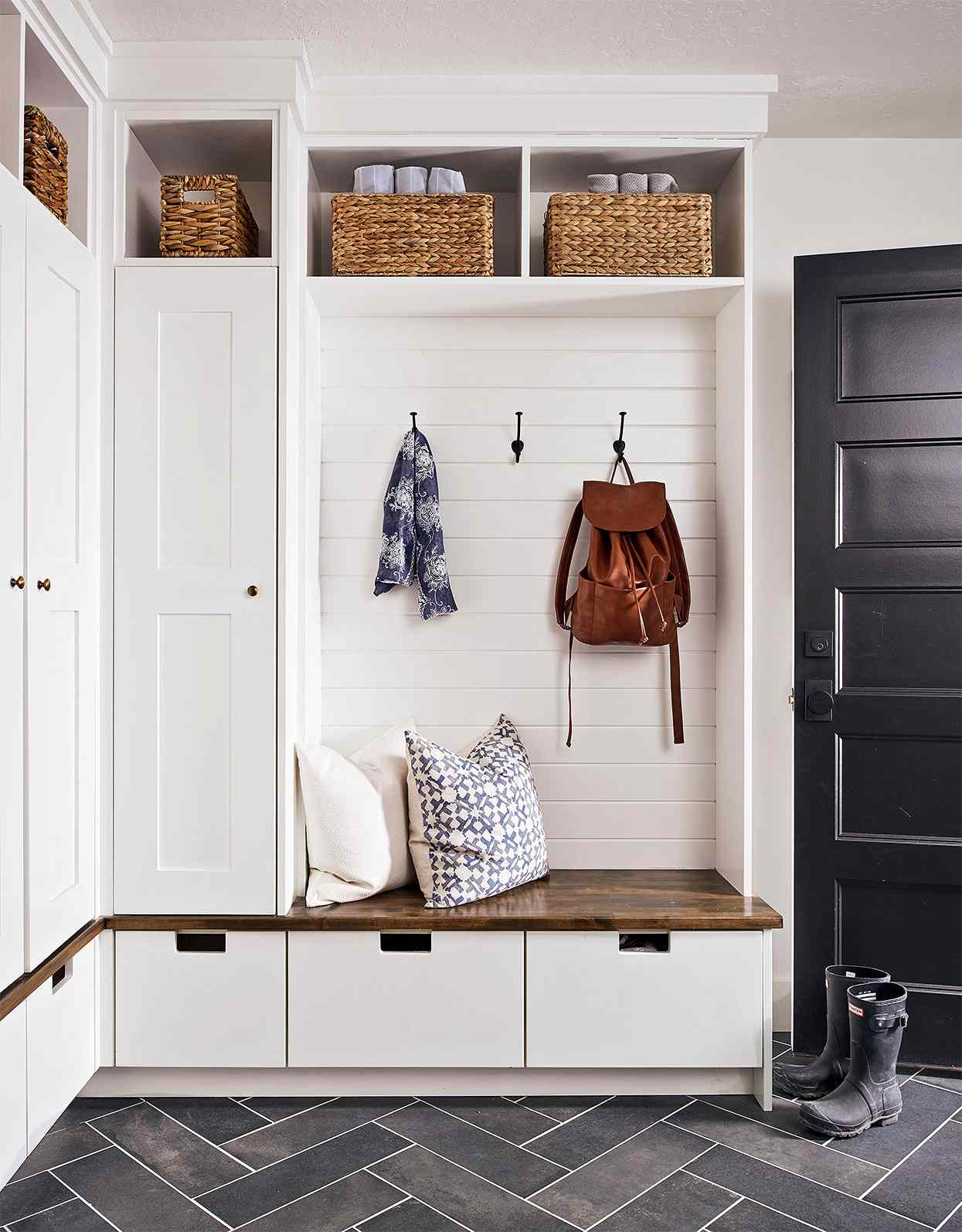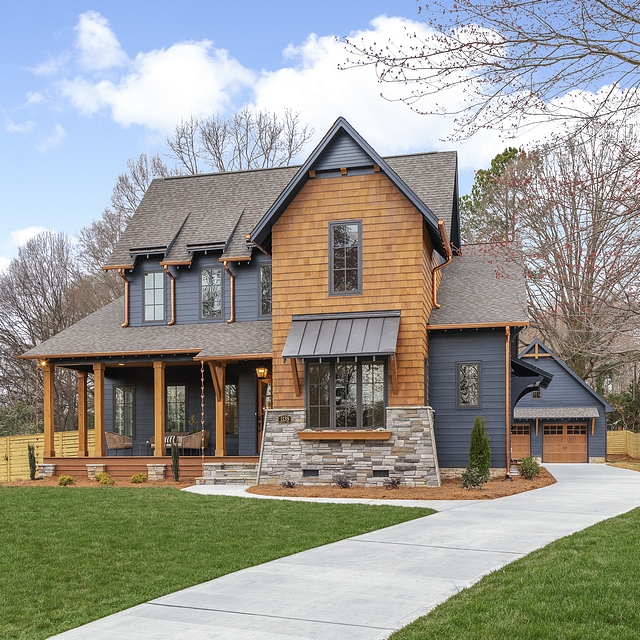
Victorian house plans are a popular choice. You will find many elaborate features and decorative details. Many homeowners opt to paint their home with whimsical colors. These homes are known for having lots of windows, porches, bays, and other features. These homes are typically two-story and can be constructed in many sizes to meet the needs of a family.
Victorian homes were usually built using brick or stones. These homes often featured elaborate rooflines, towers, and turrets. These homes were designed for grand entertaining. These homes often had a crow’s nest or widow's path. They were painted in bright colors and often had elaborate trimming, such as gingerbread.
New technologies like the telegraph were developed in the Victorian era. This technology, along with increased access to raw materials, helped the housing industry. New building techniques were also available to architects to create extravagant homes. This style was popularized in America in the late 19th Century. These house plans were inspired by the Victorian style and are a popular choice for residential housing.

Victorian house plans are distinguished by their large size and irregularity. This means that there is plenty of space for storage and other features. A combination of bedrooms, bathrooms and living rooms is a common floor plan. Victorian homes usually include a master bathroom on the main floor, and secondary bedrooms upstairs.
Victorian homes are well-known for their extravagant color schemes and traditional architectural features. While some designs are decorated in reds and pinks, others are painted with greens and blues. In fact, a Victorian home's color scheme can be described as a "taste for the past." These homes come with elaborate decorations, such turrets, shutters windows, and other embellishments. They can be a great choice for anyone looking to add elegance and class to their house.
Tudor style homes are another variation of the Victorian style. These houses are made from brick or stone and have a pitched roof with prominent chimneys. These houses may have brick accents and stone elements. Tudor homes have more than just the basic features. They often include intricate window grids, clipped gables and decorative half-timbering. These are great for large families and growing families.
Victorian house plans are a wonderful choice for any homeowner, due to their unique details and elaborate facades. Although they can be challenging to build, the end result is a beautiful and functional home. No matter what size home the owner is looking to build, there are many options.

George Barber Homes eBook provides the best resource for Victorian house designs. This is a 33-page PDF that features perspective views of a number of house designs, along with a list of probable house locations.
FAQ
How can I find a reliable contractor?
Ask your family and friends for recommendations when choosing a contractor. Check out online reviews. It is important to confirm that the contractor that you choose has worked in the same area as you. Get references from other people and review them.
Can I rent a dumpster?
After completing a home renovation, you can rent an dumpster. Renting out a dumpster is an excellent way to keep your yard tidy and free from debris.
How important do you need to be preapproved for a mortgage loan?
It's important to be pre-approved for mortgages. This will allow you to determine how much money you can borrow. It helps you to determine if your loan application is eligible.
Statistics
- Most lenders will lend you up to 75% or 80% of the appraised value of your home, but some will go higher. (kiplinger.com)
- It is advisable, however, to have a contingency of 10–20 per cent to allow for the unexpected expenses that can arise when renovating older homes. (realhomes.com)
- The average fixed rate for a home-equity loan was recently 5.27%, and the average variable rate for a HELOC was 5.49%, according to Bankrate.com. (kiplinger.com)
- Design-builders may ask for a down payment of up to 25% or 33% of the job cost, says the NARI. (kiplinger.com)
- ‘The potential added value of a loft conversion, which could create an extra bedroom and ensuite, could be as much as 20 per cent and 15 per cent for a garage conversion.' (realhomes.com)
External Links
How To
How do I plan for a whole house renovation?
Planning a home remodel takes planning and research. Before you even start your project there are many important things that you need to take into consideration. The first thing to do is decide what kind of home renovation you want. You could choose from different categories such as kitchen, bathroom, bedroom, living room, etc. Once you've chosen the category you want, you need to decide how much money to put towards your project. If you have never worked on homes, it is best to budget at most $5,000 per room. If you have some previous experience, you may be capable of getting away with a lower amount.
Once you have established how much you are able to afford, you will have to decide on how big a job to do. You won't be capable of adding a new floor, installing a countertop, or painting the walls if your budget is limited to a small remodel. You can do almost everything if you have enough cash for a full-scale kitchen renovation.
The next step is to find a contractor who specializes in the type of project you want to take on. This way, you'll be guaranteed quality results and you'll save yourself a lot of headaches later on down the road. Once you have found a reliable contractor, it is time to start gathering supplies and materials. You might need to make everything from scratch depending upon the size of your project. There are many stores that offer pre-made products so it shouldn't be difficult to find what you need.
Once you have all of the necessary supplies, you can start making plans. The first step is to make a sketch of the places you intend to place furniture and appliances. Next, plan the layout. It is important to allow for electrical and plumbing outlets. It is a good idea to place the most important areas nearest the front door. This will make it easier for visitors to access them. You can finish your design by choosing colors and finishes. Avoid spending too much on your design by sticking to simple, neutral colors and designs.
Now it's time for you to start building. Before you begin any construction, make sure to verify your local codes. While some cities require permits, others allow homeowners to construct without them. To begin construction you will first need to take down all walls and floors. To protect your flooring, you will lay plywood sheets. You will then attach or nail pieces of wood together to make the cabinet frame. The frame will be completed when doors and windows are attached.
When you're done, you'll still have a few finishing touches to do. You'll likely want to cover any exposed wires and pipes. For this, you will use plastic sheeting or tape. You'll also want to hang pictures and mirrors. Just remember to keep your work area clean and tidy at all times.
These steps will help you create a functional, beautiful home that is both functional and attractive. Now that you are familiar with how to plan a whole home remodel project, it is time to get started.